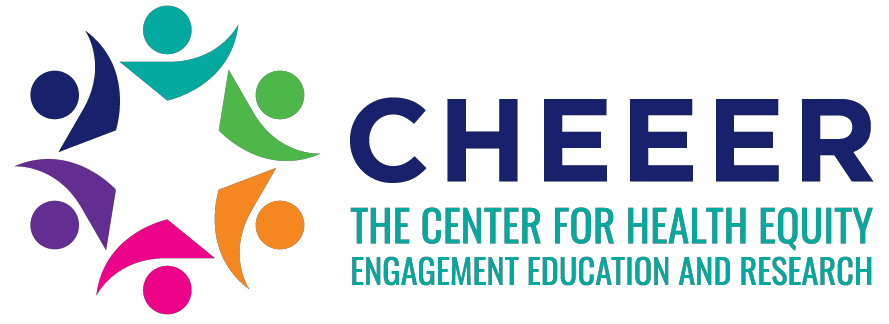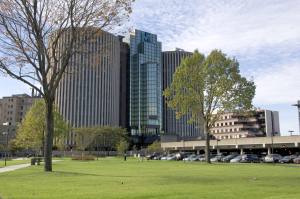There I was in a room full of researchers, physicians, scientists, patient advocates and non-clinical staff (like me). Just by looking around I could not tell who was who, however, when the presentations began, some of the attendees had blank expressions on their faces while others were busily writing pertinent details. During this “Open Drug Policy Forum on the Impact of Genomics on Cancer Diagnosis and Treatment,” I realized I may not have been the true intended audience member, though I did walk away with a few nuggets of new knowledge. This leads me to understand the importance of translating research into various formats so everyone can benefit.
The Plain Dealer ran an article on Monday June 10th which outlined the essential components of genomics and cancer treatment to the general public. You can read the article here. Traditional and social media outlets can help to disseminate information, but what else is there?
One website I would like to recommend is ResearchtoReality.cancer.gov, this is managed by the National Cancer Institute. They describe themselves as “an online community of practice designed to bring together cancer control practitioners and researchers to discuss moving evidence-based programs into practice.” They offer online discussions, cyber-seminars and mentorship opportunities. Why is this important? People who work in the field want to stay current and implement best practices. The researchers want their findings to be used.
In Cleveland, we are very fortunate to have a Clinical and Translational Science Collaborative (CTSC) at Case Western Reserve University. http://casemed.case.edu/ctsc/. The goal of the CTSC is to provide full service and integrated clinical translational research capability within the Cleveland community that will improve the health of patients in Northeast Ohio through patient-based research. The staff at the CTSC is engaged with researchers, practitioners, and community members with many public health efforts – from cystic fibrosis to practice-based research networks.
What are other ways exist to translate research into application? How can we help researchers translate their study results into everyday practice? What do researchers want to hear about from non-research program staff?

